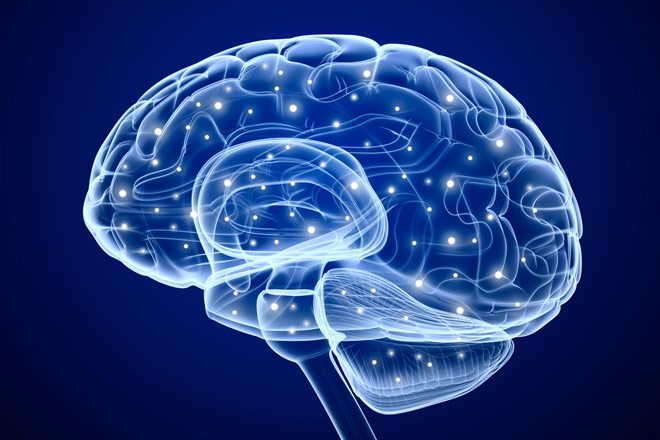The human brain and the intricate field of psychology offer a treasure trove of intriguing facts and discoveries. In this exploration, we look into the realm of neuroscience and psychology to uncover captivating insights that shed light on the inner workings of our minds. From the brain’s astonishing complexity to the quirks of human behavior and the wonders of memory, these facts will not only expand your understanding but also ignite your curiosity about the captivating world of the human brain and psychology.

Parts Of The Brain
The four lobes of the brain are the Frontal, Parietal, Temporal, and Occipital lobes. The frontal lobes, located at the front half of the brain are associated with higher mental abilities such as reasoning and planning as well as motor control and sense of smell. The Parietal lobes are located right behind the Frontal register bodily sensations such as touch, temperature, and pressure. The Temporal lobes, located on each side of the brain register auditory information such as speech (language) and hearing. The Occipital lobes at the back of the brain, right below the Parietal register vision.
Studying The Brain
Anatomists and scientists use several methods of studying the brain. For studying the brain structure, CT and MRI scans are used. Computer tomographic (CT) Scanning is a much more clear and in-depth X-ray that is collected by a computer to form an image of the brain. MRI uses a very strong magnetic field, rather than X-ray to produce an image of the body’s interior. In studying the brain function, scientists use, electroencephalograph (EEG), PET scan and fMRI. On EEG, electrical impulses are detected by small disk-shaped metal plates placed on the scalp, which are then amplified and recorded on a moving computer spread sheet. Positron Emission Tomography (PET) scans detect positrons emitted by weakly radioactive glucose which is the energy the brain runs on to show what parts of the brain are active during activities. The functional MRI (fMRI) uses MRI technology to make brain activity visible, like PET scans, which is only on the brain surface, fMRI also give an in-depth scan of the brain activity below the surface.
Behavior
Heredity are the physical and psychological characteristics passed from parents to offspring through (DNA) genes. Temperament traits, which are the physical core of personality and behavior are heredity. However, temperament can be influenced during one’s sensitive period, which are times when children are more susceptible to particular types of environmental influences. These events can permanently alter the course of behavior and personality development

How Hearing Works
Hearing begins in the pinna, the visible external part of the ear. The pinna acts like a funnel that concentrates sound which is then guided into the ear canal, then at the end is the tympanic membrane or the eardrum collapses the sound waves and begins the transduction process. The sound waves then cause the auditory ossicles, three small bones to vibrate. These ossicles link the eardrum with the cochlea, a small snail like organ in which detects the waves caused by the vibrations and transmits them into a fluid which then sends the brain the signal.
Color Blindness
Color blindness could impact someone’s life because they wouldn’t be able to differentiate colors, especially ones they are blind to. For example, if someone is partial color blind to one color, their brain would perceive two different colors as the same color (i.e green and yellow, would both be perceived as yellow). It can be serious in the case of total color blindness where everything you see is in grayscale. It can be serious for example, if a color blind person was to drive and can’t see important sings, such as traffic light, tail light, signals, etc.

Perception
Perception can be altered by motives. For example, if you are hungry, food related words are likely to gain your attention versus non-food related words. By redirecting attention, motives may alter what we perceive. Emotions too can shape perception. Negative emotions generally narrow our perceptual focus, whole positive emotions broaden our perceptual focus, and attentions. Learning alters perception by creating perceptual habits, ingrained patterns of organization and attention that in turn affects our daily experience. Expectation alters our perception because it prepares us to perceive events or shift our attention to things we expect to see.
